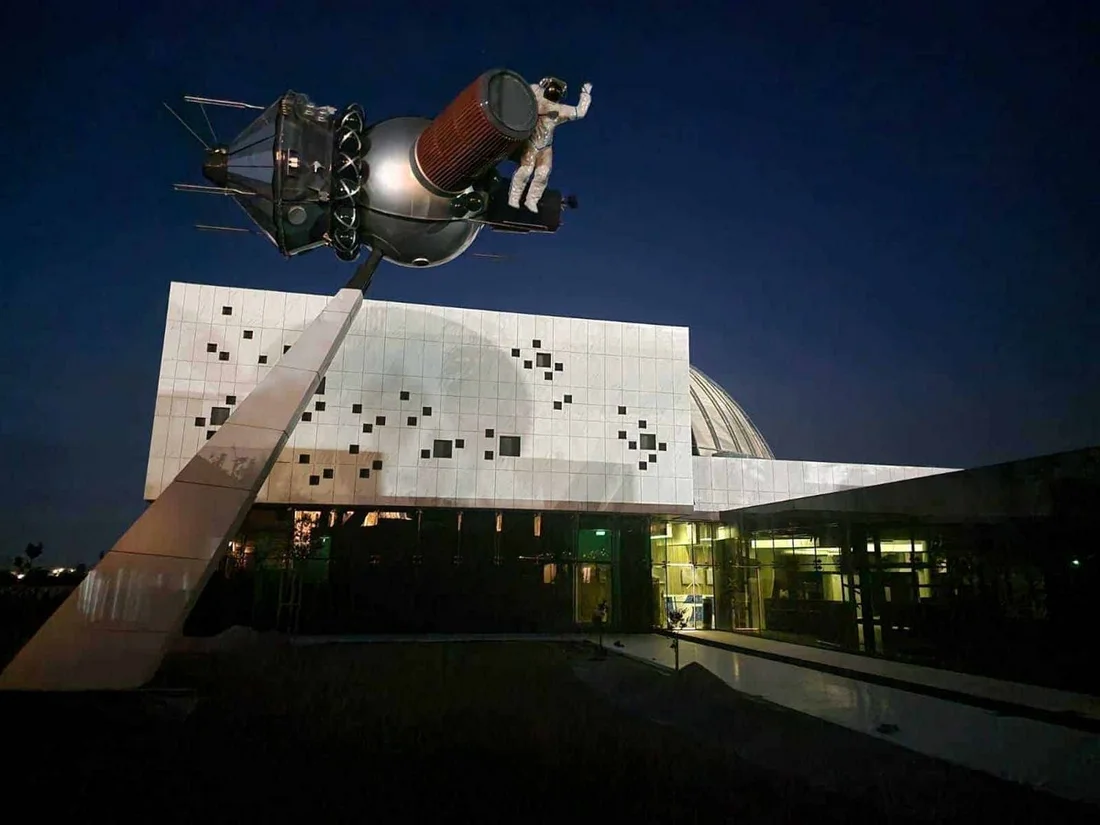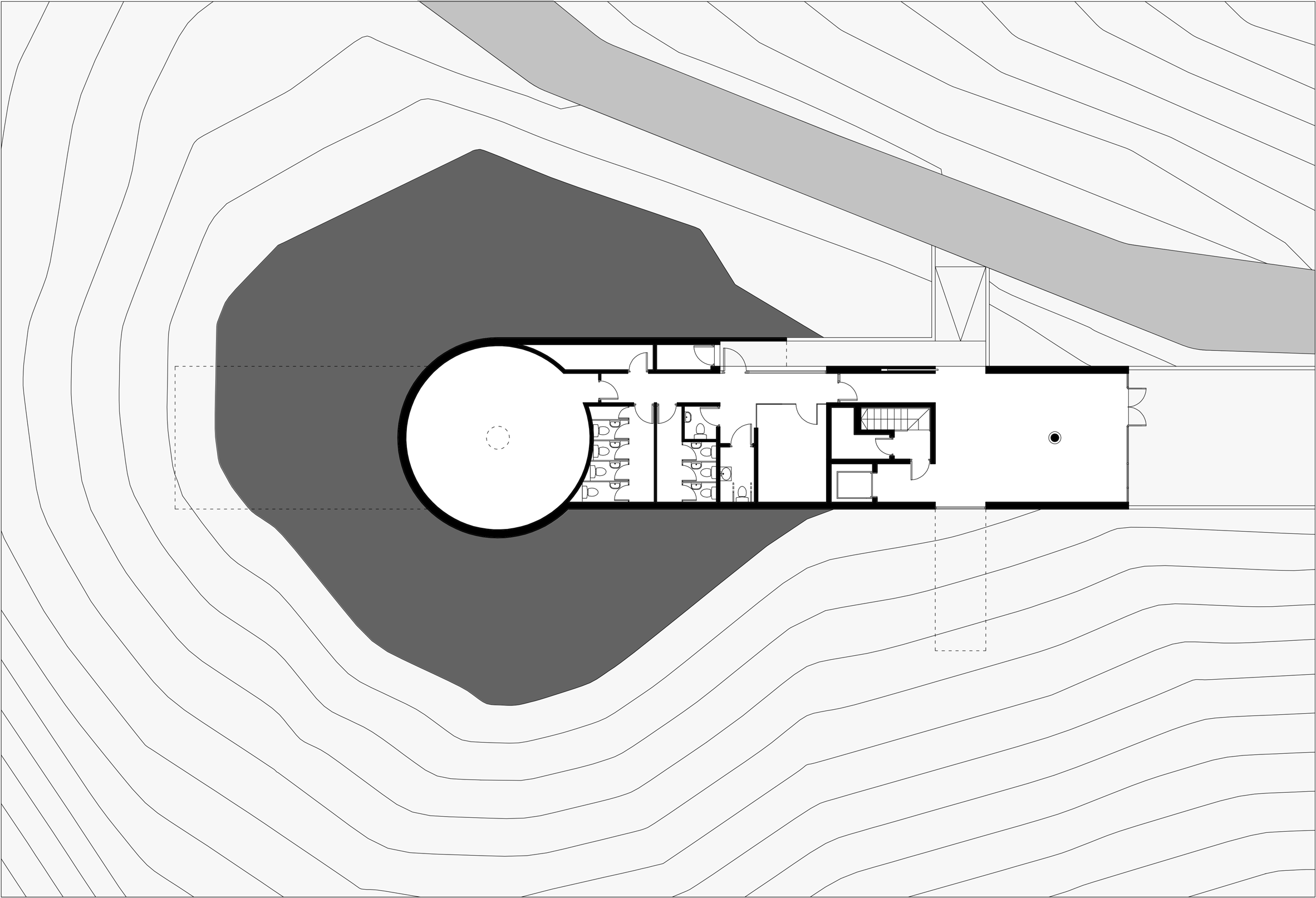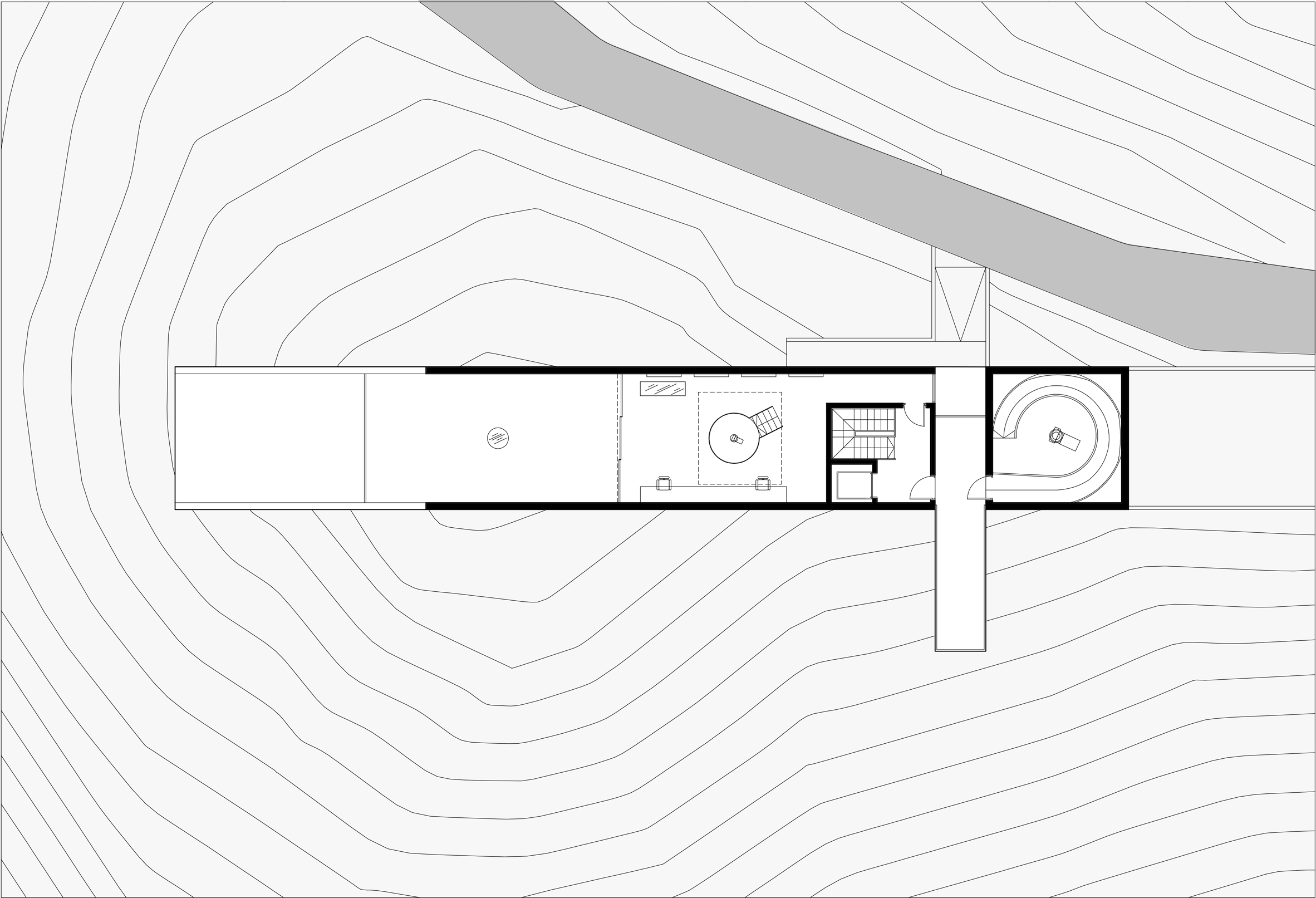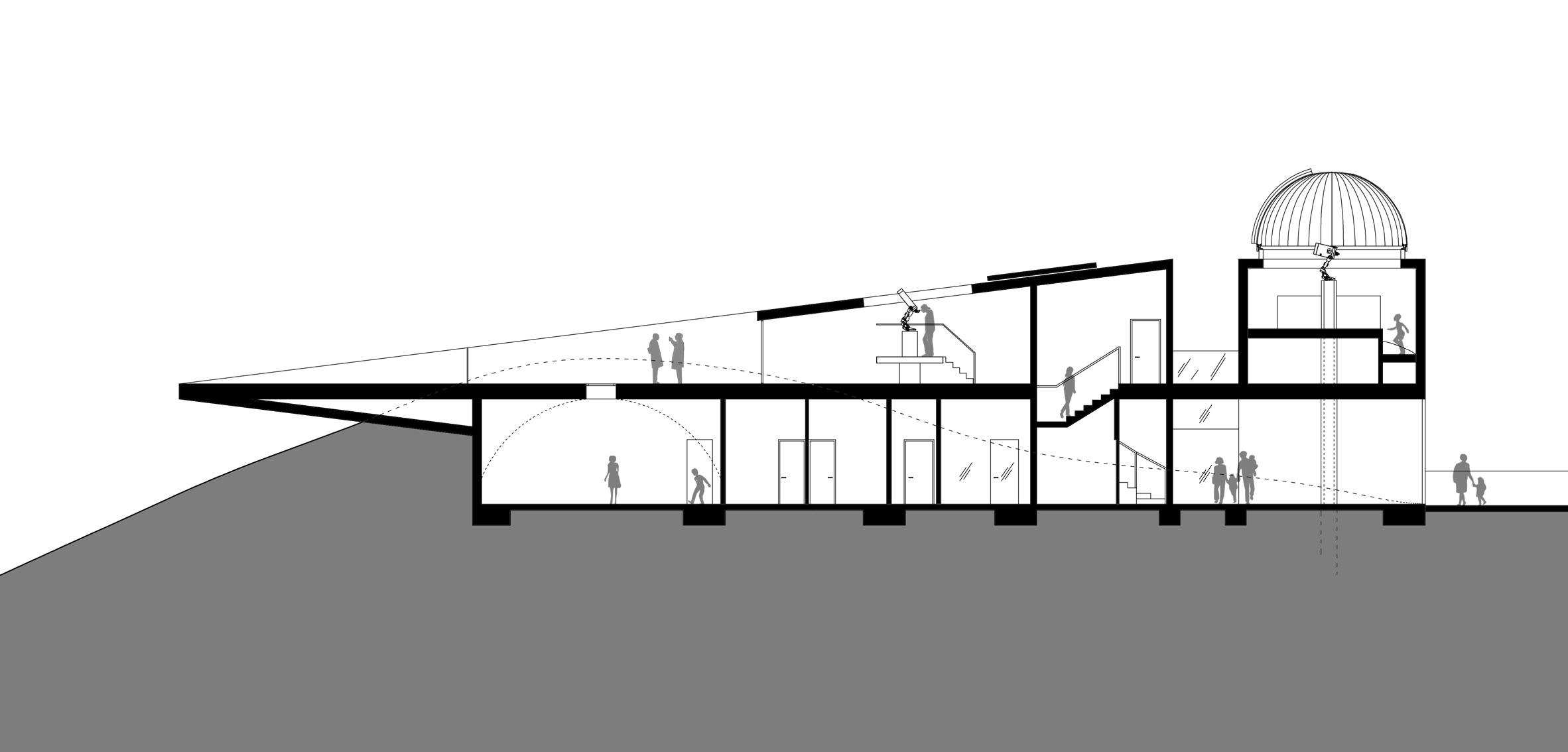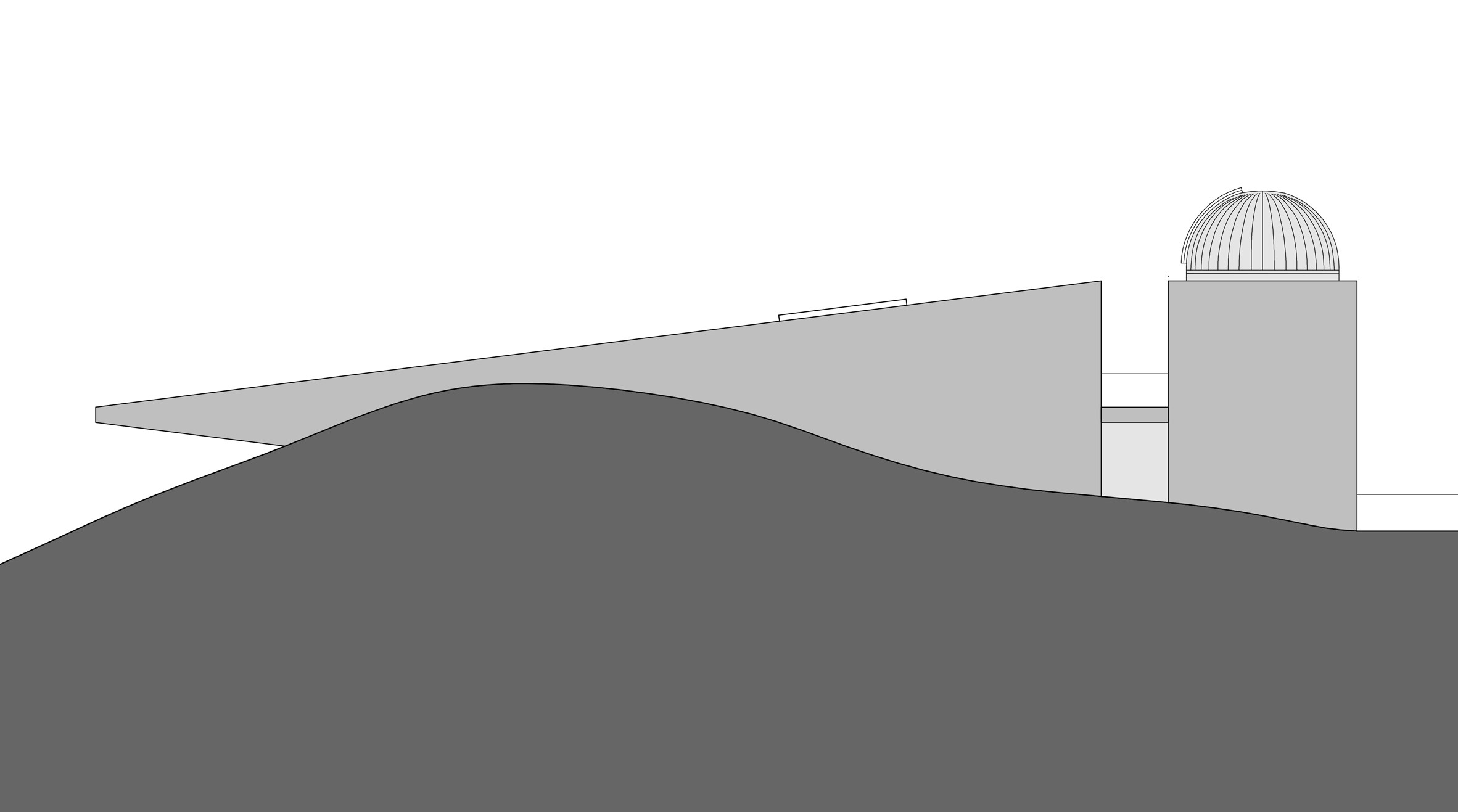The National Star Observatory of Cyprus: An Architectural and Technological Marvel by Kyriakos Tsolakis Architects
- Mark Lafond, RA
- Nov 5, 2024
- 6 min read
Technological Change Models of Innovation

Located atop the Troodos Mountains, the National Star Observatory of Cyprus represents a milestone for astronomy and architecture in the region. Designed by Kyriakos Tsolakis Architects, this observatory merges cutting-edge technology with thoughtful design, creating a space where science, architecture, and nature converge.
Introduction
The National Star Observatory was conceived as part of Cyprus's ambitious strategy to strengthen its position in global scientific research, particularly in the field of astronomy. The design brief called for a functional scientific building that would also serve as an architectural landmark, inspiring future generations of astronomers, scientists, and nature enthusiasts.
The challenge for Kyriakos Tsolakis Architects was to design a structure that could seamlessly integrate with the rugged mountain landscape, all while housing advanced astronomical equipment, providing comfort for researchers, and maintaining high environmental and energy efficiency standards.
Architectural Features
One of the standout aspects of the National Star Observatory is how it harmonizes with its surroundings. The observatory is located in the Troodos Mountains, a region with minimal light pollution, making it an ideal spot for stargazing and astronomical research. The building takes advantage of the mountainous terrain, blending into the natural contours while standing out as a modern architectural statement.
The architectural team employed natural materials, including local stone, to ensure that the observatory’s exterior fits into the surrounding landscape. These materials not only reflect Cyprus’s rich architectural history but also offer durability against the region's changing climate conditions. The roof of the observatory is designed with a domed structure, a practical and iconic feature, allowing for unobstructed views of the night sky while ensuring the telescopic equipment remains protected from adverse weather.
Inside, the observatory features sleek, minimalist interiors that prioritize functionality. Every room, from the telescope domes to the researcher workspaces, is designed to maximize space and light, offering an environment conducive to long hours of research.
Technological Features
At its core, the National Star Observatory of Cyprus is a technological hub, equipped with state-of-the-art astronomical tools designed to help researchers study the stars and other celestial bodies with precision and clarity.
High-Precision Telescopes: The observatory houses several advanced telescopes, with the primary one being a high-precision reflector telescope. This instrument is capable of capturing distant celestial objects in extraordinary detail. It is equipped with adaptive optics, which correct for atmospheric distortions, providing clearer and more detailed images of distant stars, planets, and galaxies.
Advanced Imaging Systems: The observatory utilizes cutting-edge CCD (charge-coupled device) cameras attached to its telescopes. These cameras are capable of capturing high-resolution images of celestial objects in various wavelengths, from visible light to infrared, enabling detailed studies of objects that cannot be observed with the naked eye.
Spectroscopy Equipment: For more in-depth astronomical research, the observatory is outfitted with spectroscopy equipment. This allows scientists to analyze the composition, temperature, density, and motion of celestial objects by studying the light they emit. This equipment is crucial for understanding the life cycles of stars, the formation of planets, and the nature of distant galaxies.
Data Storage and Processing: Observations are only as valuable as the data they generate, and the National Star Observatory features a powerful data storage and processing center. With AI-driven software, researchers can quickly analyze the massive amounts of data collected by the observatory's equipment. This system also supports cloud computing capabilities, enabling global collaboration with other research centers.
Remote Operation and Monitoring: In line with modern observatories, the National Star Observatory allows for remote operation. Researchers from around the world can control the telescopes and access data without needing to be physically present at the site. This feature is particularly beneficial during times of inclement weather or when travel to Cyprus is not feasible.
Smart Building Features
As a smart building, the National Star Observatory integrates various technologies that make it energy-efficient and environmentally friendly. The observatory takes full advantage of its remote mountain location to maximize its sustainability and minimize its carbon footprint.
Energy Efficiency: The observatory is designed to be energy-efficient, with the building relying heavily on solar power. Photovoltaic panels are installed on the roof, harnessing the abundant sunlight of the region to power most of the observatory’s systems, including its cooling, lighting, and data storage facilities. The building also features high-performance insulation, reducing the need for excessive heating and cooling.
Natural Ventilation: The design incorporates natural ventilation systems that take advantage of the cool mountain breezes. This reduces the reliance on mechanical air conditioning, contributing to the building's energy efficiency while ensuring the comfort of its occupants.
Rainwater Harvesting: With water being a scarce resource in Cyprus, the observatory is fitted with a rainwater harvesting system that collects and stores water for non-potable uses, such as irrigation and cooling the building. This system helps reduce the observatory’s overall water consumption, making it more sustainable in the long term.
Automated Control Systems: The observatory features an integrated building management system (BMS), which allows for automated control of the building’s lighting, heating, and security systems. This smart system can adjust the internal environment based on the weather and time of day, optimizing energy use and maintaining comfort for researchers. The BMS is also linked to the observatory’s security system, which monitors access and ensures the safety of valuable equipment.
Environmental Monitoring: As a research institution, the National Star Observatory takes a special interest in environmental conditions. The building is equipped with a suite of environmental monitoring sensors that track temperature, humidity, and air quality. These sensors help maintain optimal conditions for both the equipment and the researchers while also providing valuable data on the surrounding environment for scientific research.
Innovations
The National Star Observatory is more than just a research facility; it is also a place of innovation, pushing the boundaries of what can be achieved in the fields of architecture, sustainability, and astronomy.
Interactive Public Space: In addition to its role as a research center, the observatory also includes facilities for public education and outreach. An interactive exhibition space allows visitors to learn about astronomy, while a planetarium offers immersive experiences that bring the stars to life. The observatory’s observation decks are open to the public, giving amateur astronomers a chance to use the facility’s smaller telescopes.
Environmental Responsibility: The observatory’s design is heavily influenced by principles of environmental responsibility. The use of natural materials, energy-efficient systems, and water conservation measures make the building a model of sustainable design. Moreover, the building’s location in the mountains required special consideration of its impact on local wildlife and vegetation, with Kyriakos Tsolakis Architects taking steps to minimize disruption during construction.
Collaboration with Global Institutions: The observatory serves as a hub for international collaboration. Thanks to its advanced remote operation systems and data sharing capabilities, the observatory can work seamlessly with research institutions from around the world, contributing to global efforts in the study of the cosmos.
Cost
The cost of the National Star Observatory of Cyprus is estimated at €15 million. This includes the construction of the building, the installation of the advanced astronomical equipment, and the development of its smart systems. The project was funded through a combination of government grants, private donations, and contributions from international scientific organizations.
Conclusion
The National Star Observatory of Cyprus is a triumph of both architecture and science. Designed by Kyriakos Tsolakis Architects, it combines functionality, innovation, and sustainability in a single, elegant structure. Its advanced technological features make it a valuable asset for global astronomical research, while its smart building systems ensure that it operates efficiently and responsibly. Above all, the observatory stands as a symbol of Cyprus’s commitment to scientific advancement and environmental stewardship.
Architects: Kyriakos Tsolakis Architects
Area: Approximately 1,200 square meters
Year: Completed in 2023
Photographs: Professional photography by local Cypriot photographer Andreas Georgiou
Manufacturers: Key materials supplied by local and international manufacturers, including SABO (telescopic equipment) and Advanced Metalworks Ltd. for structural components
Lead Architects: Kyriakos Tsolakis and Maria Tsolakis from Kyriakos Tsolakis Architects
Main Contractor: Troodos Constructions Ltd., specializing in mountainous and ecologically sensitive sites
Interior Design: Kyriakos Tsolakis Architects, with focus on minimalist, functional design
Structure Engineering: Ayios Andreas Engineering Solutions, experienced in high-altitude, seismic-prone structures
MEP & HVAC Consultant: GreenTech Engineers, known for sustainable building solutions in remote regions
Electrical Project: PowerCore Engineering, specialists in energy-efficient electrical systems for high-tech facilities
Landscape Architects: Troodos Landscape Design, who focused on native and drought-resistant vegetation
Infrastructure Projects: Partnership with Cyprus National Research Foundation to integrate remote access and advanced data transmission systems
_______________________________________________________________________________
































